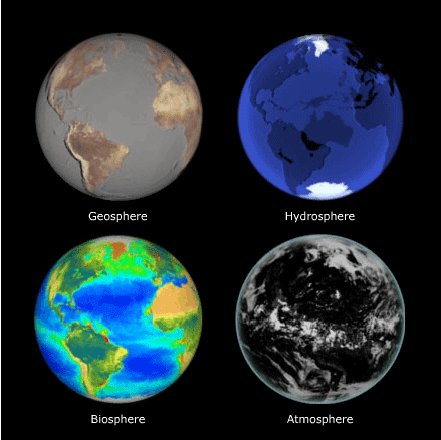Now these few sentences captures what is beauty about our lives and the earth that we encompass. We are all matter and energy. We all matter -- to use a pun. This is the beauty of living in cyclical experiences of life, that our emotions shift in circular ways just as our essence does. We are recycled when our life is over and we are given a memory which hopefully lasts beyond our own lives. This memory will be the subconscious imprints of our matter and energy, but it will also be the principles we live by and the acts we choose to do. The metaphor follows: we are stars in and of ourselves but also atoms in a wider galaxy. And when we realize that, to look at systems and the time frame in which those systems exist, we find our lives enriched and hope for the future because, as I wish to say, we have the chance to progress the lives of our relatives in the future by acting as one and understanding the natural world as one. When we understand this we will all be of the same sun that also gives life to a new lively spirit within humanity.

"Systems can be defined at many scales. At the scale of the entire planet there are four major systems, or spheres: rock, air, water, and organism. Ecologists call these the lithosphere, atmosphere, hydrosphere, and the biosphere." (Robertson, 2014)
In this part of the chapter, Robertson does a great job of explaining the differences and similarities in each system and how they form a venn diagram as they begin to interconnect with the broader system of our planet. This idea reminds of the spheres of influence we discuss in the social sciences, especially when we are thinking about Cold War politics. Although this seems like a far reaching analogy, the notion that spheres begin to overlap and then inter mesh and connect is an important idea that we should all understand. In the cold War, many members of the UN had to side with the Left or Right blocs, to be on one side of the Iron Curtain. However, as time went on, countries were constantly attempting to create unique niches of their own and to play the game of politics. This led, slowly, to a unison in end goals which eventually also led to the loosening of communist thought in Russia (not entirely) and the opening up of diplomatic talks like SALT-1 and SALT-2, which, in turn, led to the eventual dissolution of right-wing hysteria in the USA -- for a time -- and the creation of a general election democratic formula in the voting system of Russia -- how effective is still debated about. In Robertson's discussion of the separate systems, the reader becomes entranced by the interconnection of it all and almost subconsciously forced to think about ways to protect such diverse and interconnected systems. I feel like this seems to demonstrate the nature of our moods too.

"Countries in the industrial world have passed through a period of population growth demographers call the demographic transition that occurs as countries move from one stage of development to the next. Preindustrial societies are characterized by both high birth rates and high death rates. As a society moves toward industrialization, death rates fall as food production and medical care improve while birthrates temporarily remain high. As education, social, economic conditions improve, birth rates fall and population growth stabilizes." (Robertson, 2014)
This is very logical and follows the Malthusian Cycle with some more intense research that pinpoints some of the macro-trends in human societal development and decline. The idea that this trend is somewhat natural is a very interesting conception. In fact, it leaves me wondering if, once there are more people around you, you are less stimulated to seek to build a family of your own. Of course I cannot prove such a statement, I can still think it. In my personal experience, as an introvert, I am less likely to be active in social situations that include more people than I am comfortable being around; this leads me to seek asylum away from everyone even when there are like-minded people to support me and my conversation topic. Can we extrapolate this idea into the idea that the building of a family begins with two individuals communicating? If there are too many situations in which someone doesn't feel comfortable meeting someone else, then they may be unlikely to have children -- if this phenomena continues for years and years. Thus, the population slowly declines. Is this one of the solutions to long term sustainability goals? It seems like Robertson would implicitly agree.

No comments:
Post a Comment